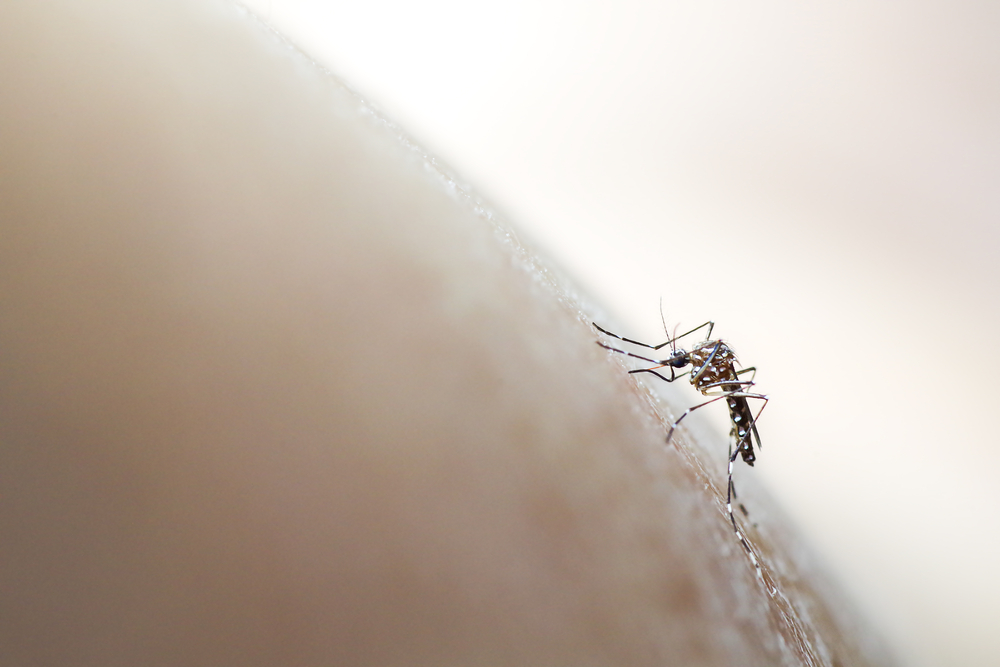
Responding to the public health emergency over Zika, labs at Inserm and REACting set about studies of the fetal and neonatal complications linked to the disease and, in the process, have determined a 7 percent rate of neurological abnormalities.
While this figure is significantly lower than those seen in Brazil–which launched initial Zika fears–it more or less matches what was observed in U.S. analyses. Researchers determined that the first trimester is the most dangerous time for infection. In that first trimester, neurological complication percentages rose to 12.7 percent, as opposed to 3.6 percent in the second trimester and 5.3 percent in the third. The enlarged head syndrome of the disease followed similar patterns, though at much lower percentages.
“Even if these complication rates are low in relation to other viral infections in pregnant women, they remain worrying given that the Zika virus can infect over 50 percent of a given population in the epidemic phase,” Arnaud Fontanet, head of the Emerging Diseases Epidemiology Unit at Institut Pasteur and co-investigator of the study, said.
Inserm and REACting focused their efforts on pregnant women exposed to Zika in American French territories. Thousands were studied between March 2016 and August 2017, with the women monitored every month until their pregnancies ended.
“These are the initial findings of the analyses of this cohort, given that the babies are still very young,” Bruno Hoen, physician-researcher at Inserm and University Hospital of Guadeloupe and principal investigator of the study, said. “It will be essential to monitor all the children in order to identify any later complications.”
Their efforts were funded by the French Ministry of Health and Solidarity, as well as the European ZIKAlliance program.




